Huawei Honor 6 Review
by Andrei Frumusanu & Joshua Ho on September 12, 2014 9:00 AM EST- Posted in
- Smartphones
- Huawei
- Android
- Mobile
- Honor 6
Camera
The main camera is equipped with a Sony IMX214 sensor with a F2.0 28mm wide angle lens. The stock camera application offers all basic functionality you would expect. It doesn't try to revolutionize the traditional camera design and keeps it pretty simple in terms of aesthetics.
The camera offers a few pre-set shooting modes you can choose from, but most people will not deviate from the standard "normal", "smart" and "HDR" modes for most of their photography uses. The software allows to re-bind the volume buttons as a shutter key if wish to do so. Capture resolutions come in 4160 and 3264 horizontal resolutions in either 4:3 (4160x3120, 3264x2448) or 16:9 (4160x2336, 3264x1840) formats ranging from the full 13MP down to 6MP.
Huawei offers some manual image adjustment controls which allow you to change the exposure, saturation and contrast of the picture. Such controls are always welcome but in this case the sliders which are exposed do not display any kind of value, so you are not aware of what they actually do in absolute terms. Their location in the camera menu settings are also tedious to reach in case you want to achieve a specific result by manual fine-tuning.
The panorama mode shoots up to around 15744x2432 pixels and file sizes of up to 13MB in size. The resulting images are good in quality and there is no visible stitching throughout the picture.
Next let's take a look at normal camera shots in various outdoor lightning conditions.
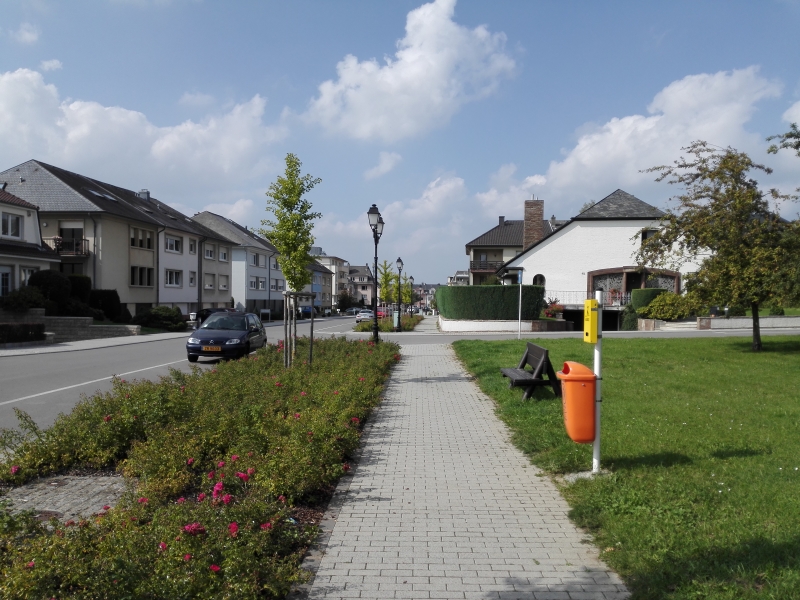
1/1501s @ ISO 50
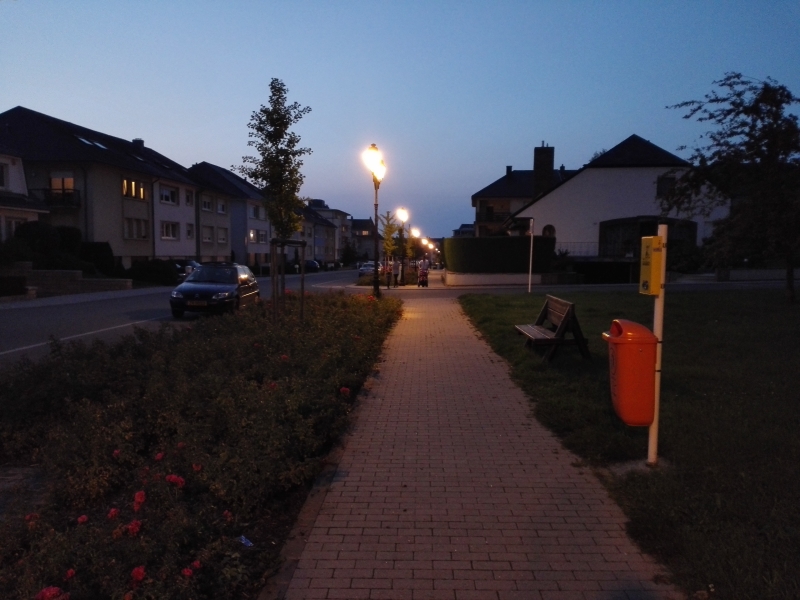
1/20s @ ISO 320
 1/16s @ ISO 2500
1/16s @ ISO 2500
In the low light shot, the Honor 6 is able to produce a pretty good result considering the ISO 2500 sensitivity on the shot, all while maintaining a reasonable exposure of 1/16s. It's in the dusk shot that the device is struggling to properly set its exposure and ISO level as it produces a very dark picture even though there was still enough ambient light available, seemingly caused by the metering algorithm trying to expose for the sky instead of the environment.
In perfect lighting conditions the camera has no issues in terms of exposure, but here we see a definite lack of detail. The IMX214 should have been able to produce a shaper image here, but instead we see a lot of fuzziness compared to other phones.
A trend that I saw in all pictures that I took is that the HDR mode is too aggressive. Instead of trying to underexpose bright areas, and increase exposure on darker ones, the phone tends to overexpose everything. I haven't been able to make a single shot where the HDR mode didn't result in oversaturated and unrealistic colours. It's more of a hit and miss and you're required to take several pictures because the metering algorithm was very unpredictable for me. I've been able to take a lot of over- or under-exposed pictures in what was otherwise very good lightning conditions. Here Huawei has a lot of catching up to do to be able to come close to the consistency that Apple, Samsung, HTC and LG are able to provide.
Video Capture
In terms of video capture the Honor 6 offers the usual 1080p and 720p resolutions on top smaller formats like VGA and even a 176x144 for MMS video. The 1080p video mode comes with several limitations: HDR and Beauty Mode are disabled and only available to 720p and lower resolutions.
Original 1080p video file (90MB)
In the standard 1080p mode we get a 24Mbps AVC Baseline@L4.0 video stream at 25fps with 96Kbps stereo AAC audio. The video is sharp and fluid, albeit the colours are a tad oversaturated. It's the lack of any kind of stabilization is very obvious and the video is very shaky. I was surprised by the audio quality of the video recordings as I could not only hear my own breath but also far away kids playing in the background. The microphones on the device seem to do their job pretty well in that regard.
Original 1080p + EIS video file (95MB)
When turning on the electronic image stabilization the quality of the video dramatically decreases. We see a big reduction in the details of the video and what should be 1080p turns into something inferior to 720p. It's pretty obvious what's going on here: Instead of increasing the capture frame beyond 1080p on the image sensor, Huawei is retaining the 1080p capture frame and then reduces the actual video window inside of the frame and reserves the margins needed for the EIS to operate. The video window is then upscaled again to 1080p, resulting in a blurry image and loss of detail. The effect also reduces the field-of-view of the camera.
Original 720p HDR + stabilization video file (59MB)
The 720p video with both HDR and EIS is even worse off. We go down to a 14.4Mbps AVC video stream on a custom encoding profile, while retaining the audio track quality. Here the resulting image resembles more what a 480p recording would produce. It is pretty clear to me that there limitation here lies in the SoC's ISP. It either cannot handle the sensor data bandwidth at high resolutions due to a lack of enough MIPI CSI lanes, or the ISP is underpowered and cannot handle the heightened load that EIS and HDR require. This is quite a blow to the Kirin's video capabilities, and we end up with one of the worst results in the SoC space.
I've already played a bit with the Ascend Mate 7 hoping that the situation would improve, but alas it seems that my suspicion holds as it has the same limitations and problems when recording video.



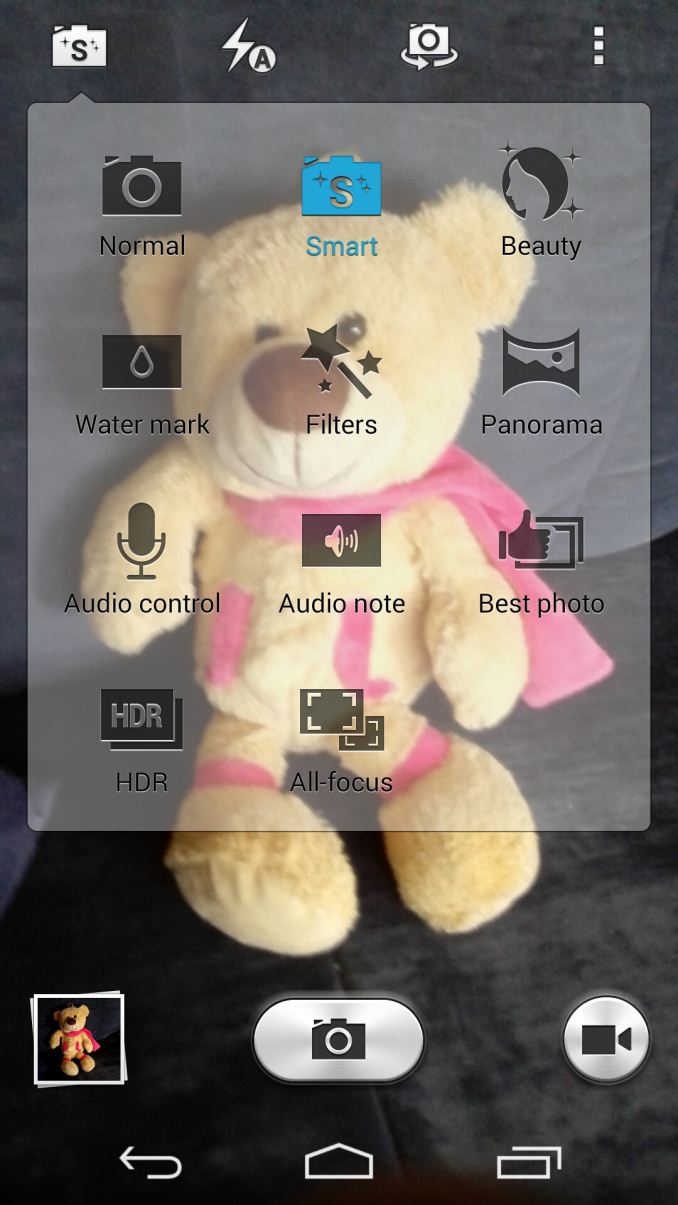
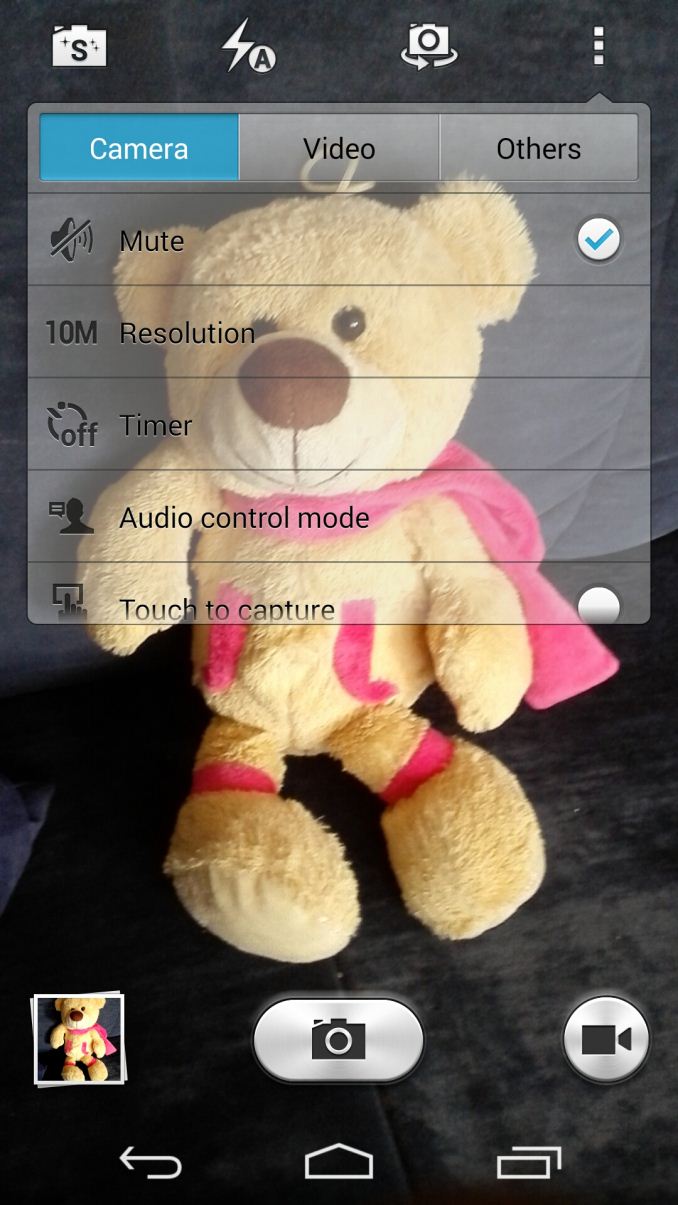
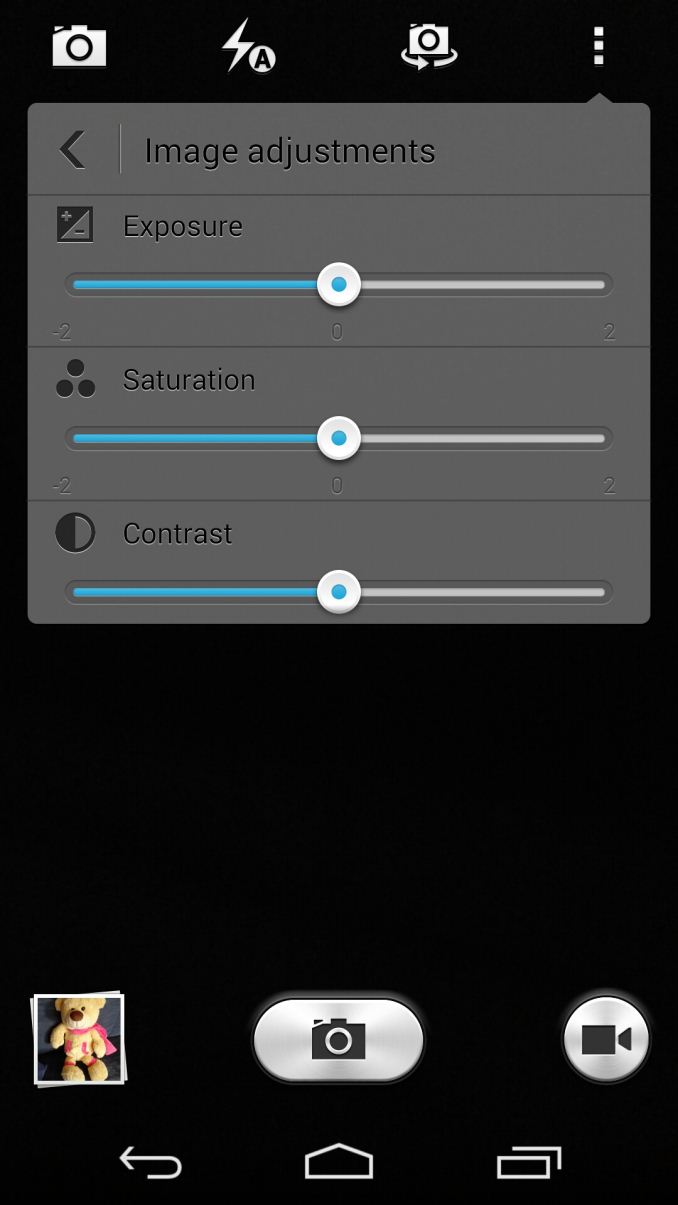

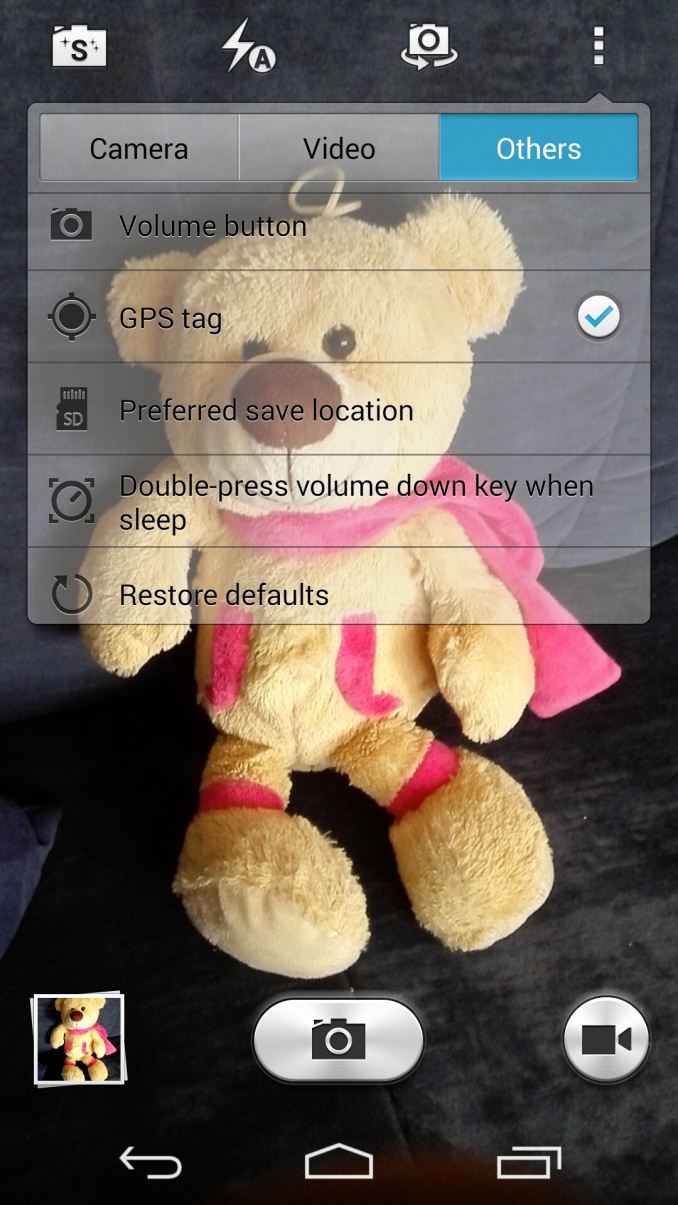

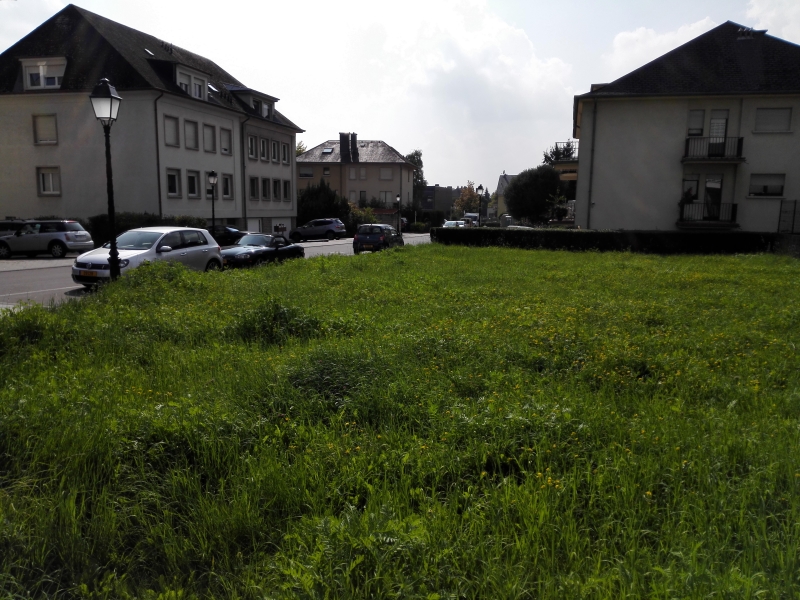 Normal mode
Normal mode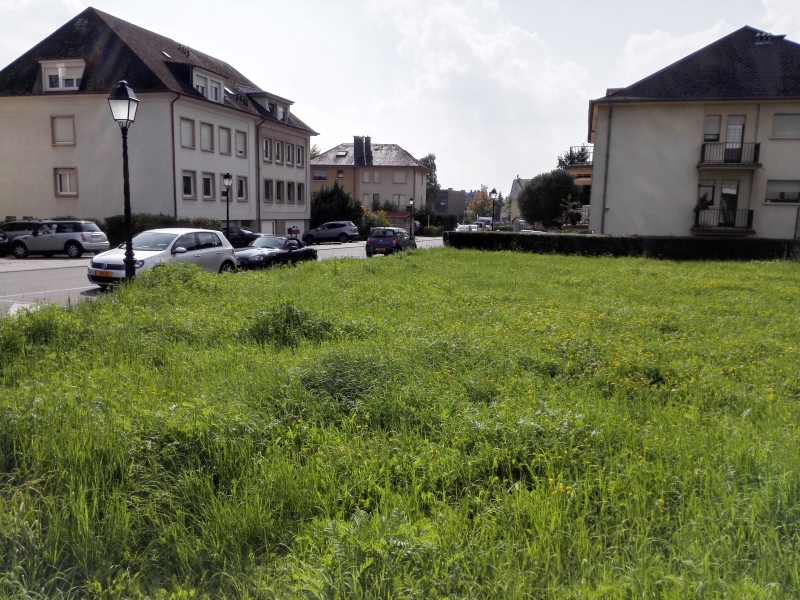






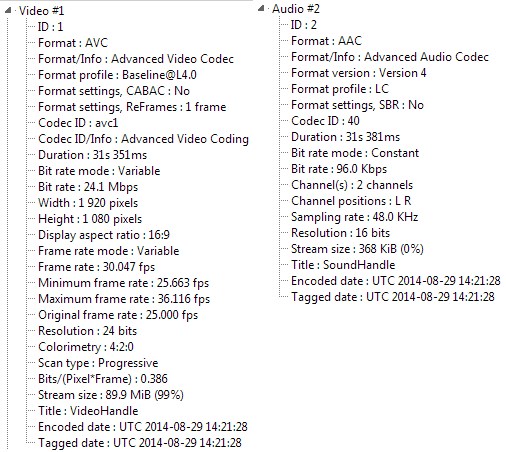








59 Comments
View All Comments
DIYEyal - Saturday, September 13, 2014 - link
I found a typo in the battery life page: "I think this is due the phone having quite good thermal dissipation charateristics ."akshayprbhu - Friday, October 10, 2014 - link
that is not a typo. The phone is having good thermal dissipation as it is cooler than similar spec phones when a performance test was done! Youtube for more proof...lilmoe - Saturday, September 13, 2014 - link
Great review of what really matters. I especially liked the in-depth analysis of the SoC and its platform power in comparison to others. Looking forward to future reviews."Ideally, it would be interesting to see a 720p mode on 1440p screens as it would offer perfect scaling, with one logical pixel being mapped to exactly four physical ones, without the need for interpolation and upscaling artifacts"
If Samsung ever decides to put a 1440p panel on the GS6, I seriously hope they allow a 720p mode in their power saving options. Even if pentile, It would be MUCH sharper than any other 720p AMOLED panel since it's up-scaled. Actually, I seriously interested to see how it would look like. Plus, the added performance and battery life would be legendary on a phone faster and more efficient than the current GS5. Totally intriguing.
lilmoe - Saturday, September 13, 2014 - link
Oh, this is just a suggestion. If you must use browser benchmarks to measure platform performance (sighs...), wouldn't it be better to use the stock browser since it's what most people use? You know, since the stock browser is usually more optimized for that specific device and generally performs better than Chrome. Using Chrome to see the difference of Android devices in comparison is OK since they'd be using the same browser running on the same OS, but definitely NOT OK in comparison with other platforms.Please correct me if I'm wrong, because I'm positive that I'm not.
aryonoco - Sunday, September 14, 2014 - link
Thanks for the great review, this was the first time that any publication has exposed the inner workings of a Hisilicon SoC, and you've done a great job of that. However I wanted to mention here that I strongly disagree with your analysis of the software.Designing software that's going to be used by mass users is a constant balancing act between exposing enough power to satisfy different user requirements and power users, and yet keeping the UI simple enough so that the vast majority of users are not overwhelmed by the array of features. The Permission Management feature here, similar to those baked into many custom ROMs goes well over the line and is a huge user experience disaster. To ship an OEM ROM with this, is begging for a deluge of support calls from clueless customers who have disabled things and then wonder why their phone doesn't work as intended.
I'm not saying that the current permission management scenario in Android is perfect, far from it. I don't think anyone has figured out the perfect balance of how to inform users about third party apps without scaring them, turning the notices meaningless, or overwhelming users.
One of Anand's greatest assets was his ability to articulate his vision of good UI in various products. Him and Brian could explain why certain choices were made (for example in terms of treatment of external storage on Android, or the design tradeoffs about non-replaceable batteries) and the guiding principles behind them. File managers are archaic and confusing to 90% of users. I know the tech-savvy AT readership will disagree, but the whole concept of files and directories are broken for average users, especially on a device like a phone, and they are better off being abstracted away from them. Your comments on file managers in KitKat, or your praise of Huawei's software "enhancements" shows a lack of understanding of where the line is when it comes to UX design.
I hope that now that Anand is gone, AT doesn't become a place where the writers are blind to the needs of average customers. We do not need Android to regress to the wild days of Gingerbread, or worse, Windows Mobile.
Ethos Evoss - Sunday, September 14, 2014 - link
Well, you complaining about huawei logo or writing missing and main thing is that you NEVER complained on iphones that they NEVER put writing on their phones but that is alright ? h ? people are so pathetic .. if apple wud make soome plastic dick sticking out from phone you guys would say that is fine bcos it is iphone and we will forgive that we will get used to it .. oohh jeezz naive peopleakshayprbhu - Friday, October 10, 2014 - link
the writings are a part of the mandatory regulations to denote the compliance with the telecom regulations. and it does not eat up too much space on the back.darkich - Sunday, September 14, 2014 - link
Absolutely great analysis. Andrei and Joshua, keep these top notch write ups coming!SeleniumGlow - Monday, September 15, 2014 - link
I was hoping that the Kirin processor would have a comparison with the MediaTek MT6592. But I guess there are some obvious differences in the Big Little implementation that will prevent it from being a good comparison.siberstorm - Monday, September 15, 2014 - link
The mediocre camera and obvious cutrate shoddiness (wtf the stabilization is just the 1080p field cut down to 720p with none of the rest of the sensor used, so ghetto) is unacceptable and this goes for the mate 7 as well. So bye bye huawei. I am still interested in the lenovo vibe z2 pro aka k920 and would love a review of that phone, but the chances of lenovo sending one to anandtech are slim, considering they arent gunning for the global market like huawei is.